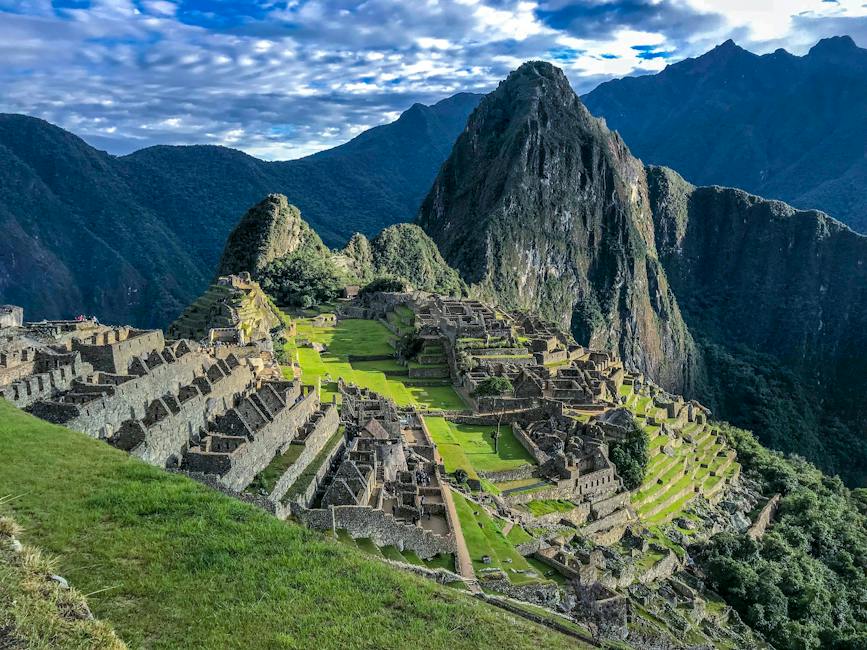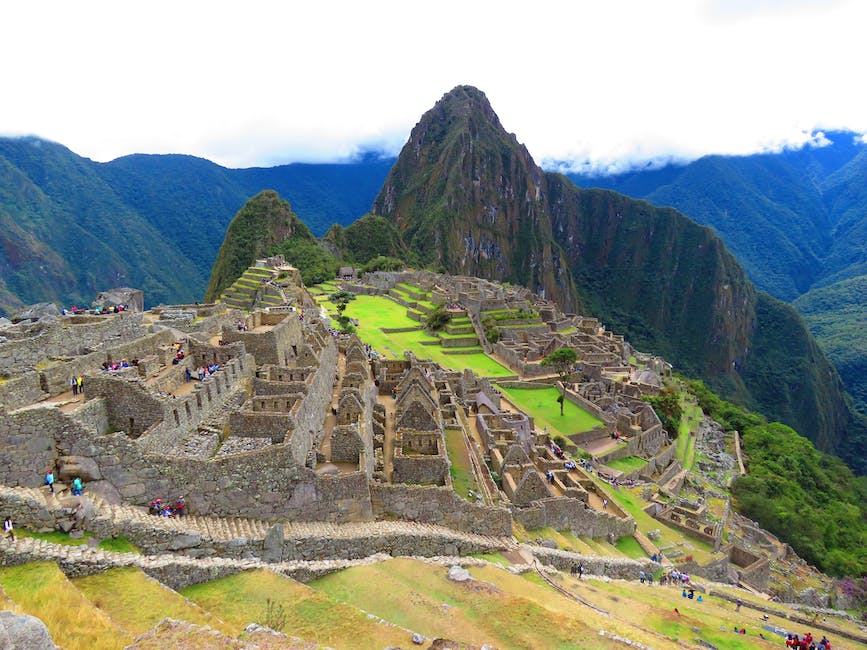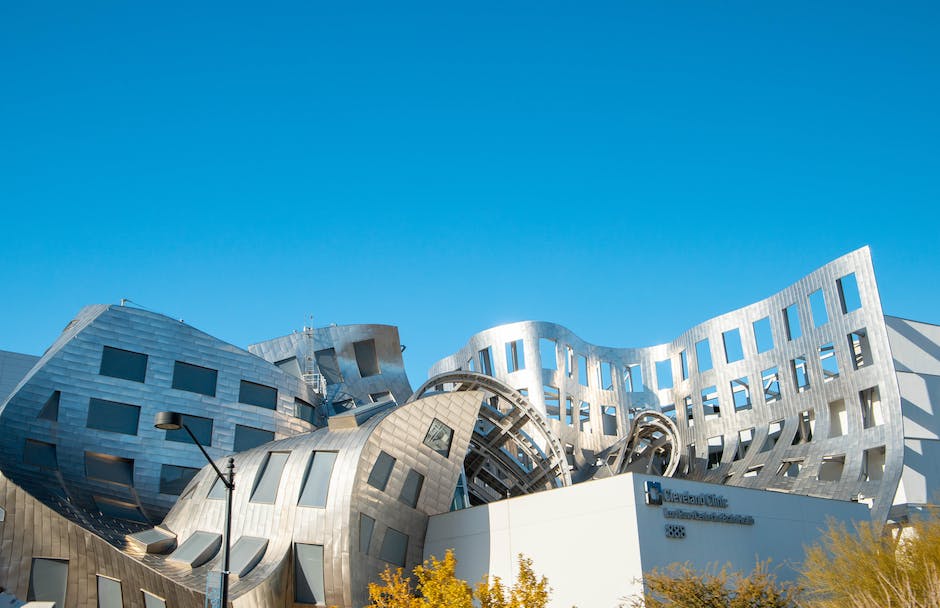What was Unique about Inca Architecture? Key Aspects Explored
When it comes to ancient civilizations and their architectural marvels, the Inca Empire is undoubtedly one that stands out. The Incas, known for their advanced and sophisticated engineering, developed a unique architectural style that continues to fascinate and inspire architects and designers today. As an architect and home design enthusiast myself, I have always been intrigued by the distinctive features of Inca architecture and their significance in shaping the built environment of the time.
The Incas: Master Architects
The Inca Empire, which flourished from the 13th to the 16th century, encompassed a vast territory along the western coast of South America. Despite not having a written language, the Incas left behind an architectural legacy that speaks volumes about their skill, ingenuity, and cultural values.
Let’s delve deeper into what set Inca architecture apart:
1. Corbel Arch Construction
Inca architects were masters of corbel arch construction, where stone blocks are progressively layered in a slightly inclined manner until they meet at the top. This technique allowed them to construct beautifully arched doorways and windows without using mortar or keystones. The architectural brilliance of this method is evident in structures such as the Temple of the Condor in Machu Picchu.
2. Precision Stonework
The Inca craftsmen were renowned for their precision in cutting and shaping stones. The granite blocks used in their structures were meticulously carved to fit together, creating remarkable architectural feats. The most famous example of this is the walls of Sacsayhuamán, where massive stones fit so perfectly that not even a blade of grass can fit between them.

3. Inti Sun Temple at Machu Picchu
One of the most iconic Inca structures is the Inti Sun Temple at Machu Picchu. Its strategic placement atop a mountain peak, the intricate stone masonry, and the alignment with celestial phenomena showcase the Incas’ profound knowledge of astronomical alignments and their spiritual connection with nature.

4. Anti-Seismic Engineering
The Inca Empire lay in an earthquake-prone region, and the Incas understood the need for earthquake-resistant buildings. They ingeniously designed their structures to distribute seismic energy and survive strong tremors. The classic example is the city of Cusco, known for its solid stone walls and trapezoidal doorways that give buildings stability during earthquakes.
5. Terraced Agriculture and Sustainable Planning
The Incas prioritized sustainability and efficient land use. They ingeniously transformed steep mountain slopes into terraced agricultural areas, which not only provided flat surfaces for farming but also prevented erosion. The well-thought-out planning of their cities, with careful consideration given to drainage and irrigation systems, showcases their practical approach to architecture.

The Influence of Inca Architecture Today
Centuries may have passed since the Inca Empire, but its influence on contemporary architecture and design can still be seen today:
1. Sustainability and Adaptive Design
The Inca’s mindful approach to sustainable planning and adaptation to the environment aligns with modern architectural principles of sustainability. Architects today seek inspiration from the Incas in creating buildings that harmonize with nature and minimize their environmental impact.
2. Cultural Heritage and Preservation
The cultural significance and historical value of Inca architecture have triggered preservation efforts to safeguard these architectural wonders. The inclusion of Inca elements in modern buildings reflects a desire to honor and preserve the rich heritage of the past.
3. Aesthetics and High-Quality Craftsmanship
Many designers incorporate elements of Inca architecture into their projects to enhance their aesthetic appeal. The use of precise stonework, symmetrical patterns, and refined craftsmanship adds a touch of elegance and uniqueness to contemporary designs.
Final Thoughts
The unique characteristics of Inca architecture perfectly epitomize the ingenuity, artistic mastery, and sustainable approach of the Inca civilization. Their structures continue to astound us today, reminding us of the remarkable achievements of ancient societies.
As an architect and home design enthusiast, studying Inca architecture has broadened my perspective on the integration of cultural context, sustainability, and meticulous craftsmanship in my own design endeavors. I encourage all fellow architects and enthusiasts to explore the wonders of Inca architecture and draw inspiration from its lasting legacy.
[intlink id=”what-was-unique-about-inc-alro-navigation”]<



